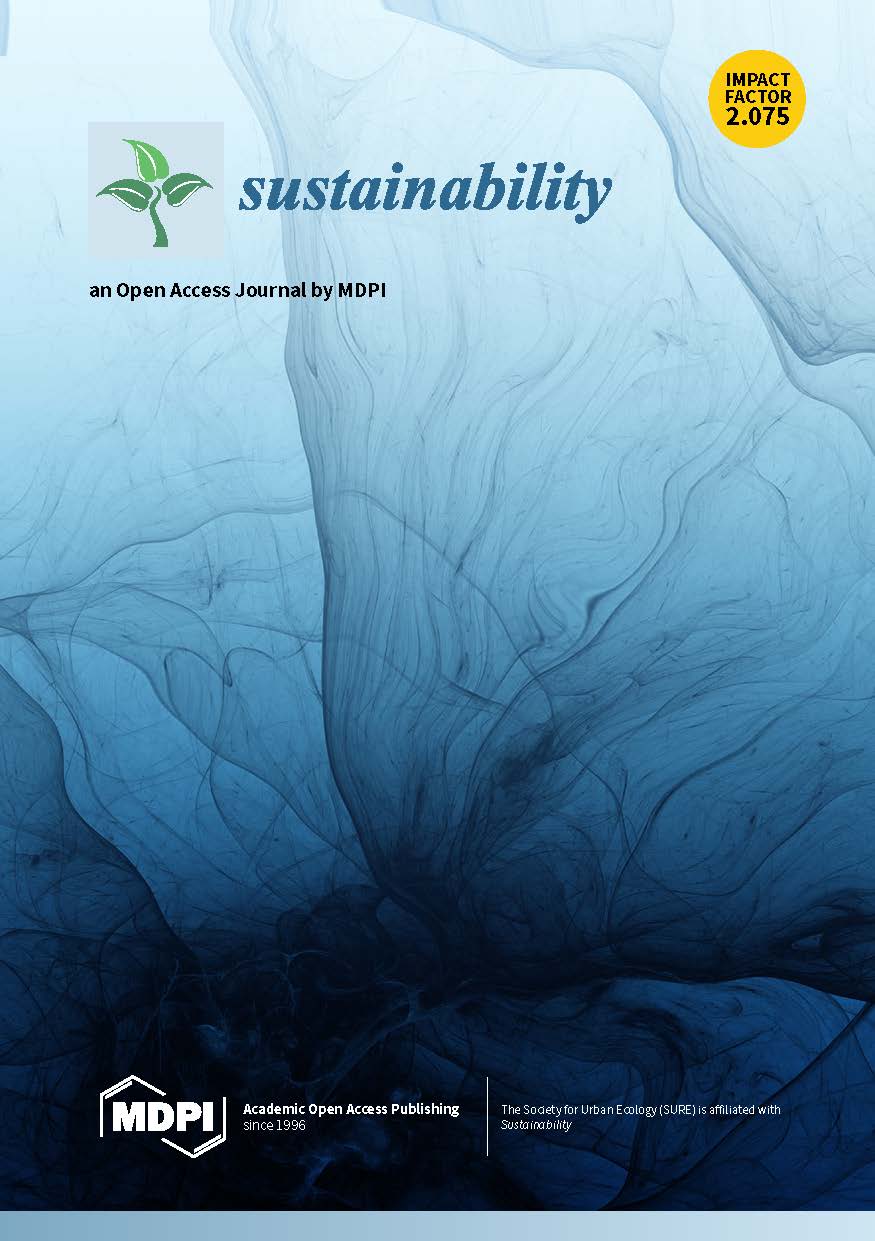
Ricerca & Innovazione > Contributi Scientifici
Leoni V., Borgonovo G., Giupponi L., Bassoli A., Pedrali D., Zuccolo M., Rodari A., Giorgi A.
Arnica montana L. is an alpine herbaceous plant typical of nutrient-poor grasslands. It is a popular medicinal plant for the treatment of bruises, cuts and pain, and it is also an endangered alpine species. For this reason, the sustainable production of inflorescences instead of the spontaneous collection of plant material, coupled with the use of local ecotypes, should be incentivized. Inflorescences of a wild accession of arnica were compared versus an accession cultivated in Valsaviore (Italian Alps) in terms of seed germination performance and phytochemical characterization by high performance liquid chromatography (HPLC), nuclear magnetic resonance (NMR) and gas chromatography–mass spectrometry (GC-MS) techniques. The germination percentage was high (>75%) for both cultivated and wild seeds. The NMR spectra of arnica extracts were very similar and confirmed the presence of sesquiterpene compounds, esters of helenaline and dehydroelenaline. A significant high percentage of acetic acid methyl ester (38 μg/g) and the 2-methyl methyl ester of propanoic acid (31 μg/g) were found in cultivated arnica and were probably associated with fermentation processes linked to the traditional method of air drying on a trellis. The possibility of growing A. montana and a controlled local first transformation are important to incentivize local, good quality and sustainable production. The growing of seedlings “in loco” could be of great interest both for farmers and for natural conservation purposes.
